
Konya: Home For Divines In Heart Of Turkiye
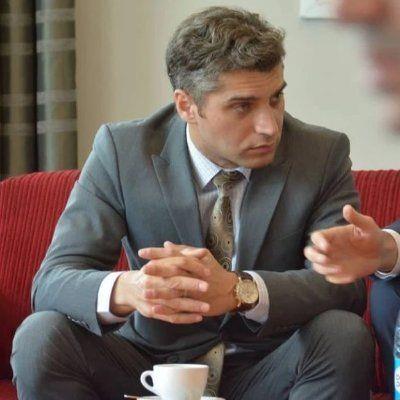
Elnur Enveroglu Read more
We are in Konya with the special support of the Turkish Ministry of Culture and, the capital of the ancient Seljuk state, the land of Maulana Jalaluddin Rumi and many other divines, friends of Allah – the country that raises the flag of Islam on its soil. This city, which has preserved its antiquity, gives a person the feeling of living in the 10th-12th centuries at the very first sight.
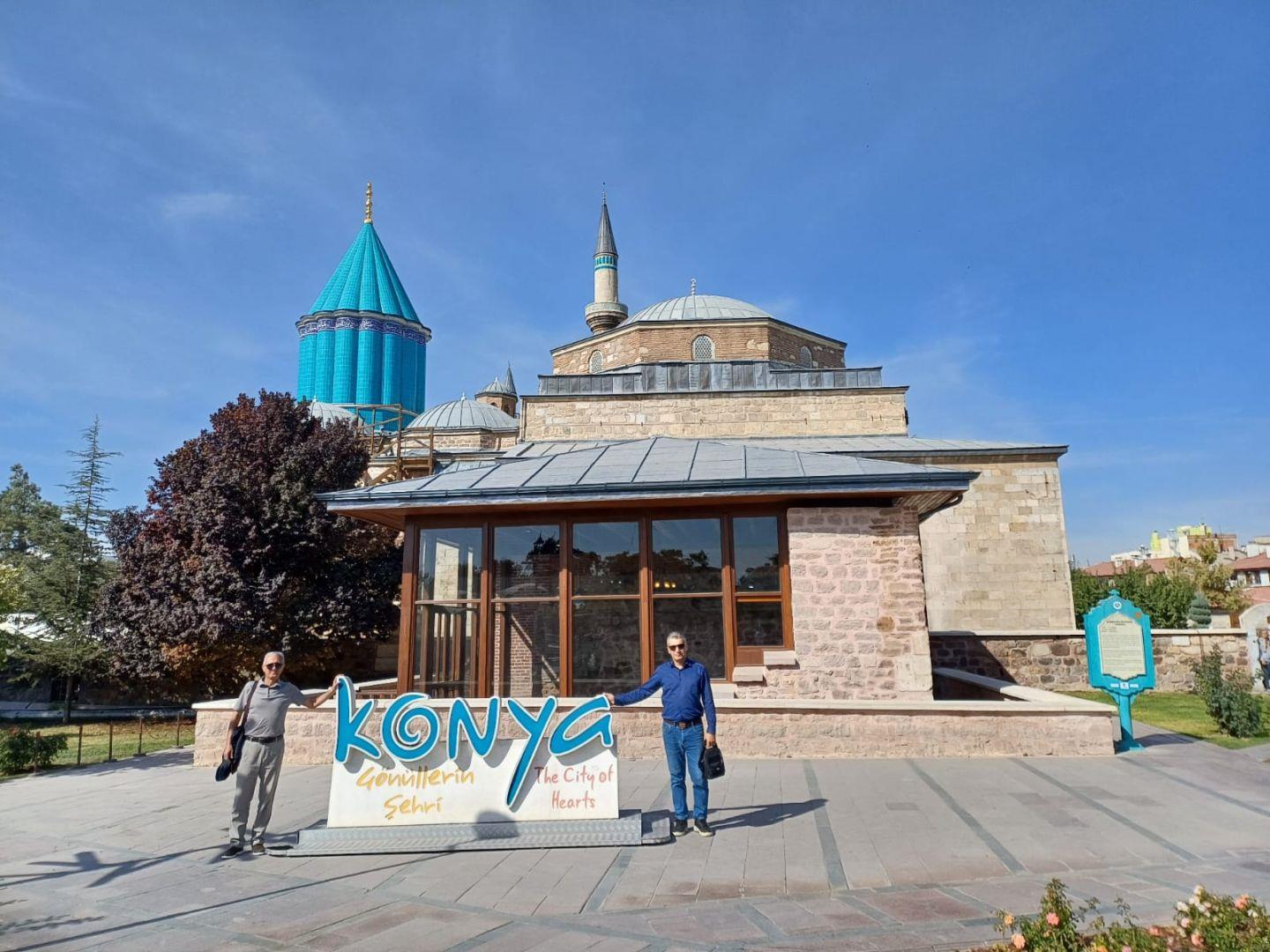
Behind us, this building stands
out for its simple but magnificent style and comforting appearance.
Small graves can be seen along the side walls of the mosque from
the courtyard to the entrance. These graves at least preserve a
history of more than seven centuries and also show that Konya is
the land of Sufis.
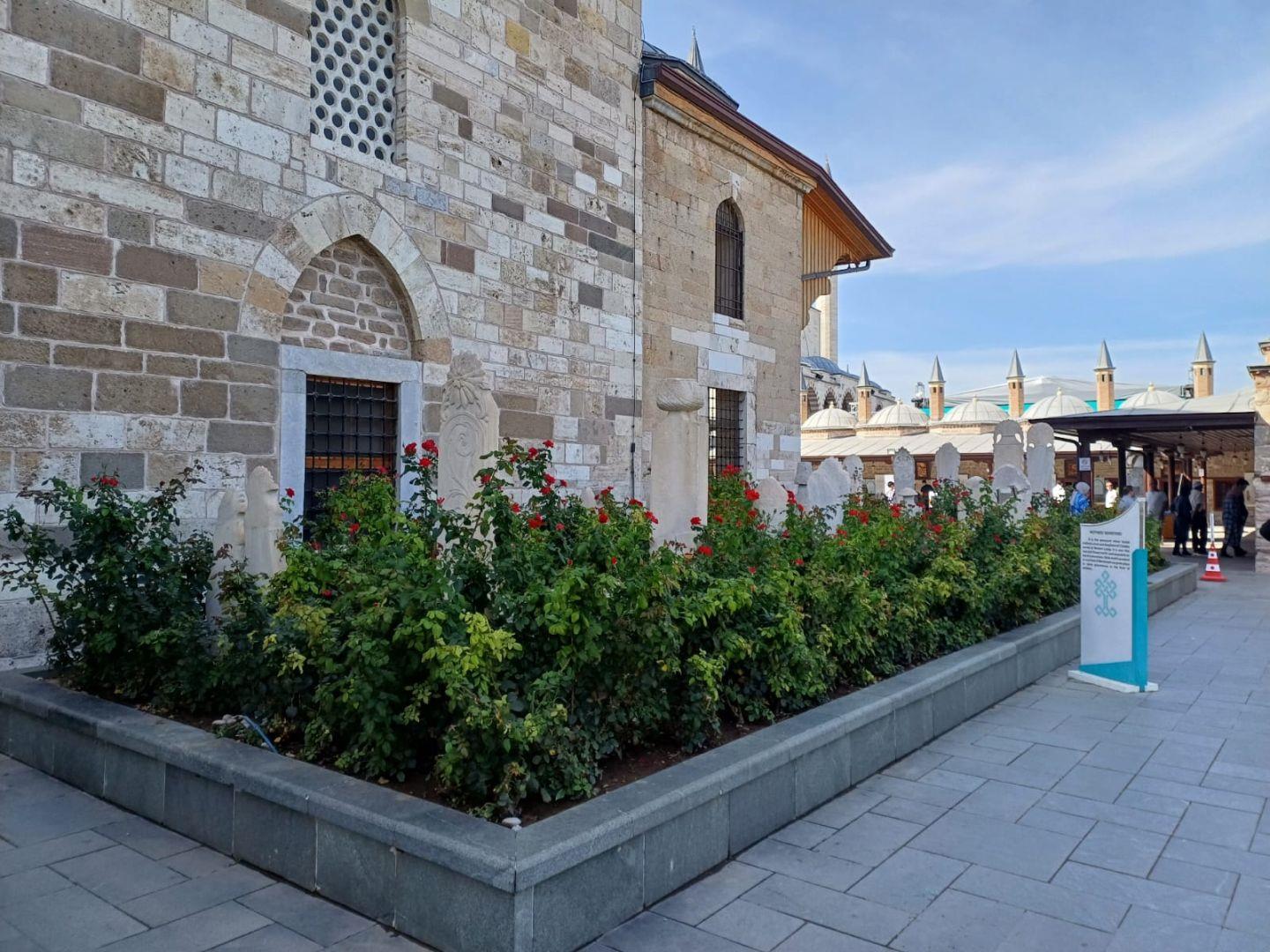
Since the Seljuk state was
founded in 1037, the sultans who led the state have constantly
started to carry out strong reforms in the direction of developing
science and Islamic culture. Today's Turkiye, which would once
become the cradle of the Islamic culture, and its ancient capital,
Konya, invited scholars from the east to the country.
Maulana, whose real name is Jalaluddin Muhammed, was born on September 30, 1207, in the city of Balkh in what is now northern Afghanistan. He then left Balkh due to some political events and the Mongol invasion. Having lived in Mecca, Medina, Damascus, and various cities of Anatolia, Maulana Jalaluddin Rumi and his family came to Konya upon the invitation of the Anatolian Seljuk Sultan Alaaddin Keykubat. He started teaching religious sciences in Konya in 1240. His paths crossed with Dervish Şams Tabrizi in 1244 in Konya and Şams was to only one he had conversations with for some time. There is more to talk about these two famous Sufis who then captivated many hearts in the world's fascinating place by destroying all stereotypes about the religion of Islam. It is indeed, the religion about truth and is an adverse enemy of terrorism and discrimination.
On a visit to the mosque of Maulana Jalauddin Rumi, our tour guide Mehmet Dönmez shared some interesting historical facts exclusively with Azernews .
Our visit to Konya just coincided with the anniversary of a great scholar who has become a symbol of love, peace, brotherhood, and tolerance. Starting the trip by visiting Maulana is a must as this magnificent city is blessed with his holy and uplifting spirit. Behind this wonderful spiritual secret is the heavenly knowledge of Sufism and the unity of the human soul between the earth and the sky, which means also a celestial world. It is not for nothing that Konya is also a city of whirling dervishes who have been specially trained for more than a couple of years to perform this ritual properly. This is not a matter of physical ability but the human perception of the heavenly power and most importantly to be able to create a connection between earth and heaven.
During the trip, we visited a variety of places that once functioned as dervish schools, but now have been turned into museums. Note that Konya's municipality and Culture Ministry have given much love to make museums attractive and rich in information about the past millennium.
Another museum in Konya was IRFA (Irfan Civilization Research and Culture Center). The place we visited completely reflected the silhouette of the life of people who lived about eight centuries ago during Seljuks and the most useful information was provided by our tour leader Mehmet Dönmez again sharing his historical knowledge with us.
To recall, from September 16 to October 23, a large-scale project called "Turkiye Culture Route Festivals" covering five cities of the country is being implemented under the organization of the Ministry of Culture and Tourism. The project, which was founded for the first time in 2021 with the "Beyoğlu Culture Route Festival" in Istanbul, and held in Ankara, Çanakkale, Diyarbakır, Konya and Nevşehir in 2022, was organized in a particularly large format this year on the occasion of the 100th year of the Republic of Turkiye.
The aim of the project is to introduce and promote Turkiye's rich cultural heritage, art, unique cuisine in each region, and historical monuments - in short, a colorful cultural and tourism palette to the world. This time, "Turkiye Culture Route Festivals" is expanding covering five cities, including Istanbul, Ankara, Çanakkale, Konya, and Diyarbakır, and hundreds of events are planned to be held as well.
In fact, this year, the route plan of the "Turkiye Culture Route Festivals" should have covered a total of 11 city provinces, including Gaziantep, which is known for its rich culinary culture and has been included in the UNESCO list. However, the country-wide consequences of the earthquake and disaster that occurred on February 6 and caused great loss and destruction in Gaziantep province changed the project's routes and time-space program. And events were organized within the framework of the project in several previously planned cities (including Trabzon and Nevşehir in August).
As regards the events in Konya, this is not the end of our trip - there are still charming music festivals waiting for us and interesting moments that keep thousands of historical secrets of Konya like a treasure.
So to explore more together just stay with us...
Exclusive by Elnur Enveroglu from Konya, Turkiye
Legal Disclaimer:
MENAFN provides the information “as is” without warranty of any kind. We do not accept any responsibility or liability for the accuracy, content, images, videos, licenses, completeness, legality, or reliability of the information contained in this article. If you have any complaints or copyright issues related to this article, kindly contact the provider above.
Most popular stories
Market Research

- Manuka Honey Market Report 2024, Industry Growth, Size, Share, Top Compan...
- Modular Kitchen Market 2024, Industry Growth, Share, Size, Key Players An...
- Acrylamide Production Cost Analysis Report: A Comprehensive Assessment Of...
- Fish Sauce Market 2024, Industry Trends, Growth, Demand And Analysis Repo...
- Australia Foreign Exchange Market Size, Growth, Industry Demand And Forec...
- Cold Pressed Oil Market Trends 2024, Leading Companies Share, Size And Fo...
- Pasta Sauce Market 2024, Industry Growth, Share, Size, Key Players Analys...


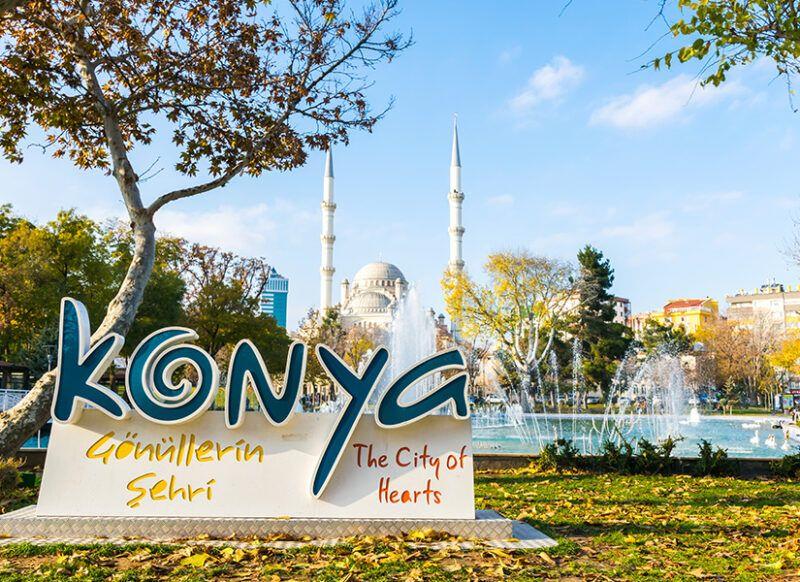
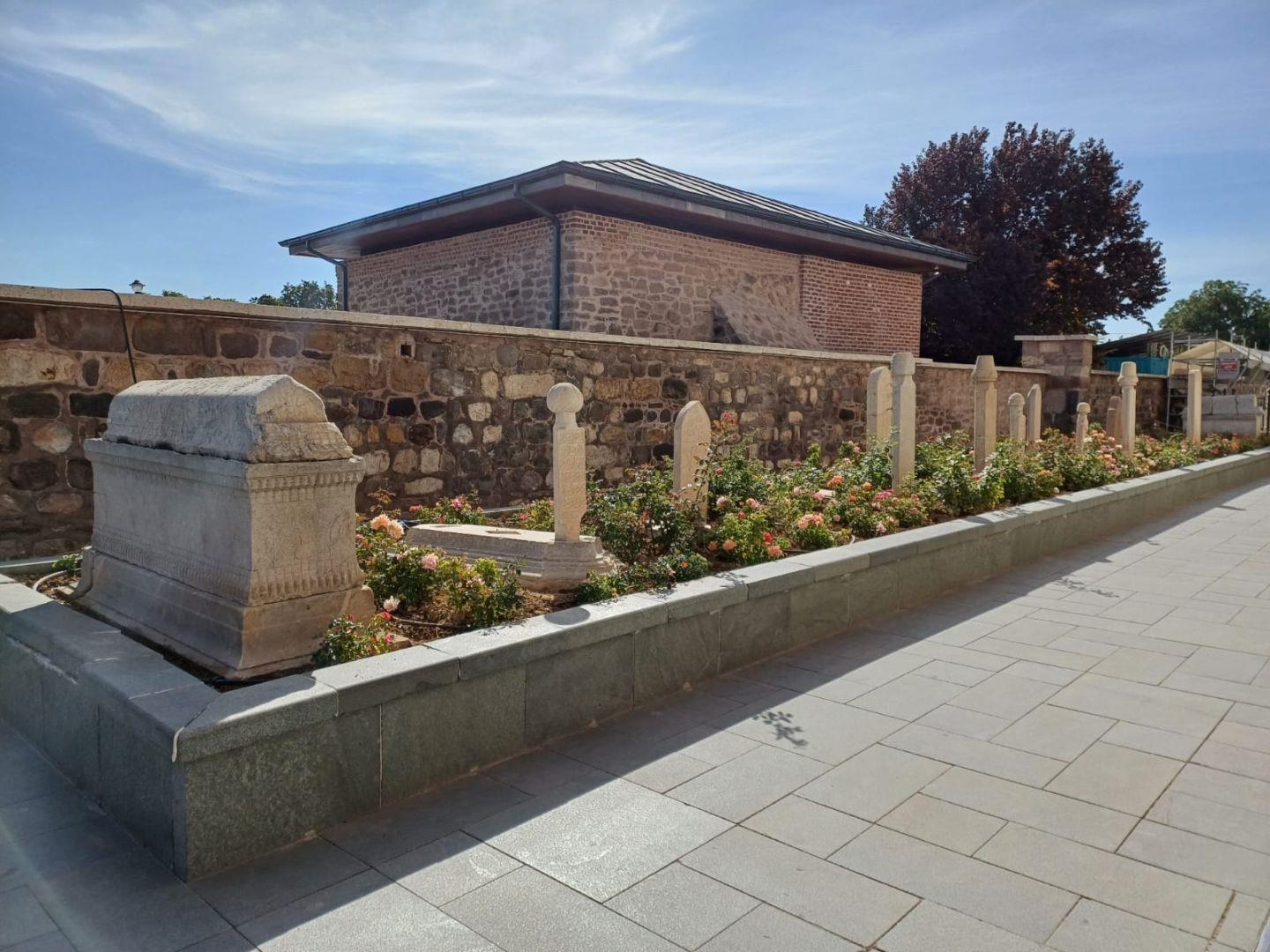


















Comments
No comment